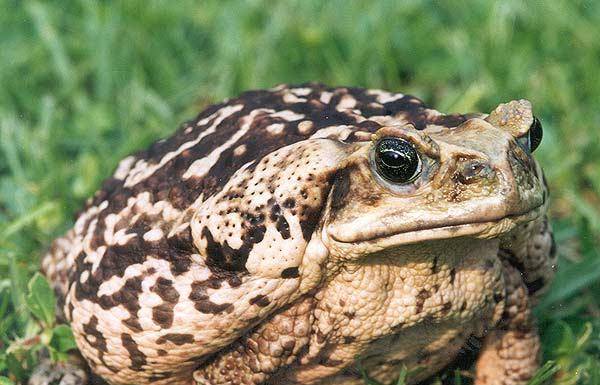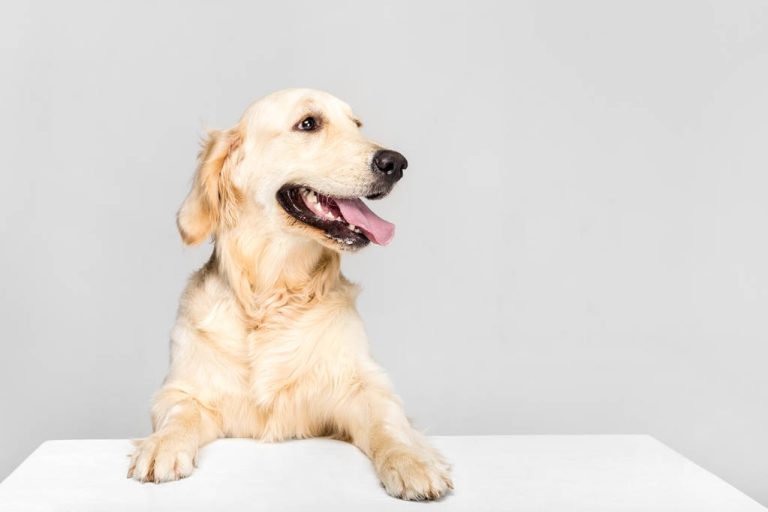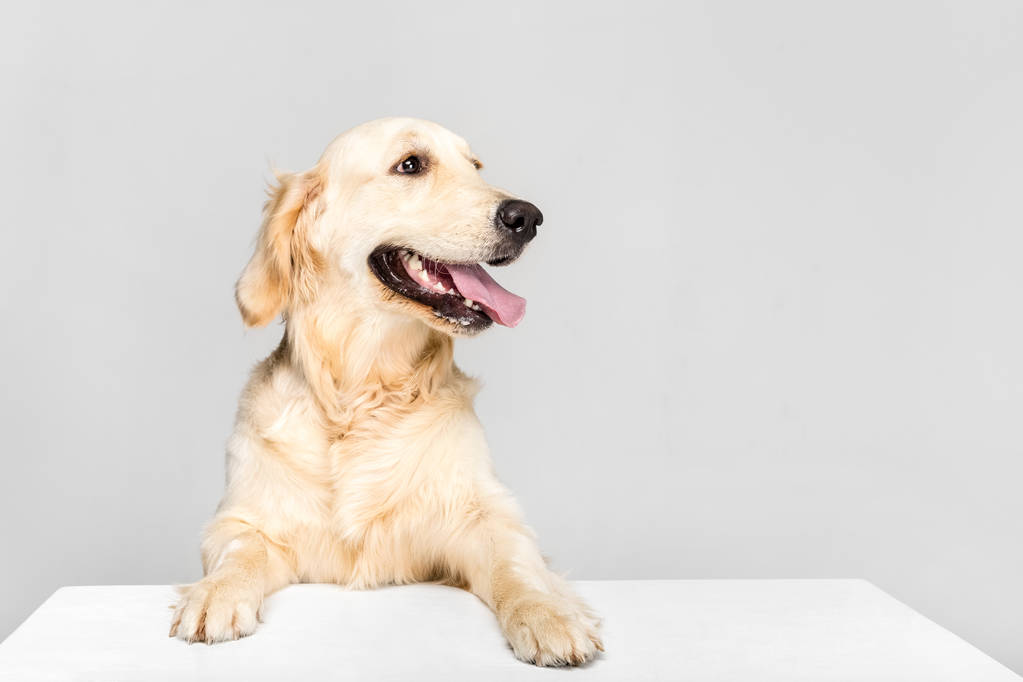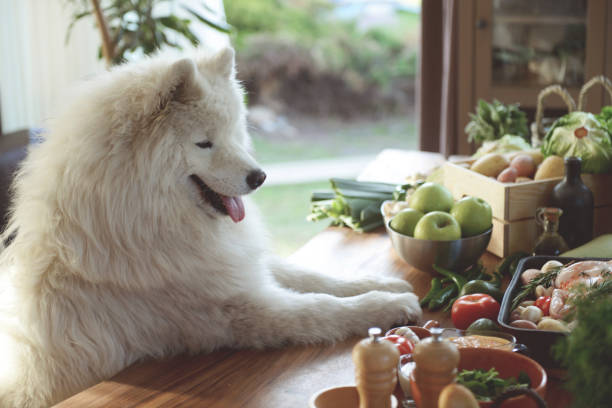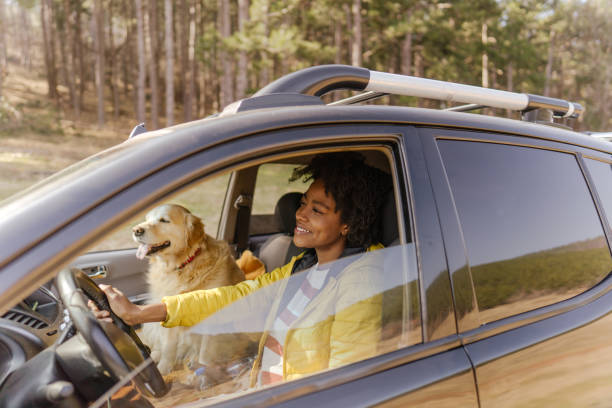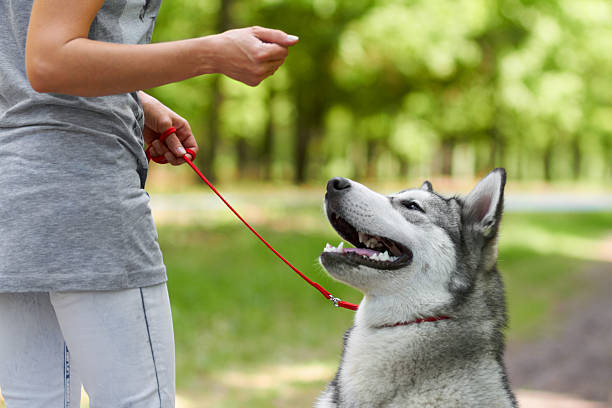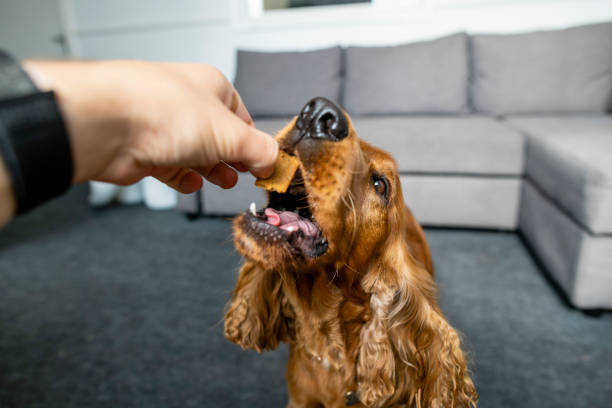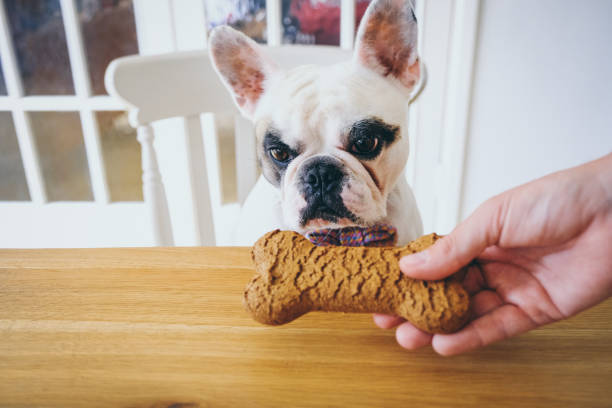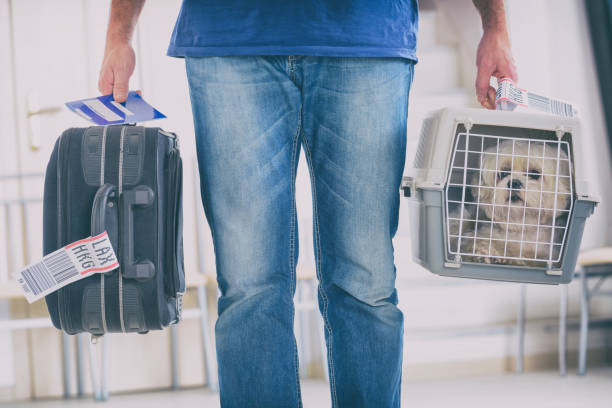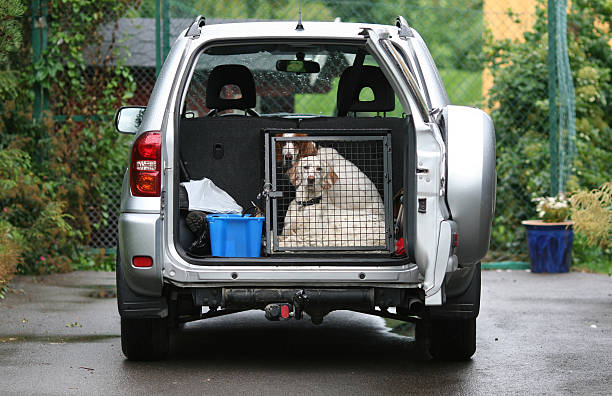“Pawlov’s dog” is an experiment by the physiologist and physician Ivan Pavlov, who coined the term classical conditioning, which is still important in psychology today.

Short biography: This is what you need to know about Ivan Pavlov
The Russian physician and physiologist Ivan Petrovich Pavlov was born in 1849. He then spent his life and his school days in his birthplace Ryazan. He particularly appreciates being able to pay attention to his personal interests.
Influenced by contemporary thinkers and scientists, his interest turned to natural science. In order to expand his knowledge, he first studied at the University of St. Petersburg, then became a professor at the Imperial Military Medical Academy. In 1883 Pavlov received his doctorate in natural sciences.
His research was very diverse. He made remarkable advances in the physiology of the heart, nervous and digestive systems. He achieved a major breakthrough primarily through his behavioral research: he was of the opinion that all human behavior depended on reflexes. He examined this thesis in the famous “Pavlovian dog” experiment, which subsequently helped to mature his theory of classical conditioning.
Pavlov’s Dog: Pavlov’s Breakthrough
Pavlov’s study began by examining the digestive processes in dogs. However, his interest soon turned to the dog’s salivary reflex: from 1889 he focused on observing how the salivary reflex can be conditioned.
Most people know that the animal secretes saliva and gastric juice at the sight of the food. During his previous experiments, however, Pavlov noticed that the salivation would start as soon as the animal heard its footsteps. He suspected this was because it already associated the sound of footsteps with the food. This signal was habitually and firmly coupled with the increase in food, so that the saliva began to flow even then.
He called the automatic salivation that begins when the dog sees or smells the food the unconditional or unconditioned reflex. This reaction is quite natural and compulsive; it therefore requires no additional stimulus. The food itself acts as an unconditioned stimulus or unconditioned stimulus.
The conditioned or conditioned reflex
The conditional or conditioned reflex, on the other hand, means a coupling of a new stimulus or stimulus with the same reaction: the reaction is “learned”. Each time before the dog received his food, he rang a bell. After a few runs, it was observed that the dog’s salivation as a conditioned reflex started as soon as the bell sounded.
The principle can also be easily visualized:
beginning of the experiment
Food (unconditioned stimulus) => response (salivation, unconditioned response)
Ringing of the bell (neutral stimulus) => no response
After conditioning
ringing the bell (conditioned stimulus) => response (salivation, conditioned response)
Pavlov’s insights
The principle of conditioning that Pavlov found in the dog meant that he transferred this phenomenon to human behavior as well: not only animal, but also human behavior was to be made more understandable through the experiment. Conditioning is a very important basis, especially for understanding and developing learning processes.
The discovery that even neutral stimuli could be coupled to produce a conditioned response was revolutionary. The basis of the stimulus-response theory is the innate, unconditioned behavior. However, a certain contiguity of the stimuli is also required here: conditioning can only occur if they are close to each other in time. If a longer time interval elapses between a neutral stimulus and the unconditioned reaction, it is difficult or impossible to link them. According to Pavlov’s experiment, stable and sustained conditioning is only possible if the neutral stimulus occurs before the conditioned stimulus during the process.
Example: first bell ringing (neutral stimulus), then food (unconditioned stimulus) -> reaction (salivation, unconditioned response). The phenomenon of extinction was also remarkable for Pavlov: if a reaction was conditioned, this does not automatically mean that it will continue in the long run. Extinction means a kind of “erasure” of the conditioned stimulus-response behavior: If the neutral stimulus is not coupled to the unconditioned stimulus from time to time, the conditioned response no longer takes place either. So if he rang the bell at a few intervals without providing food afterwards, the salivation also stopped as a conditioned response. Using the generalization, Pavlov described the phenomenon that occurred when he rang other bells: when the dog heard a stimulus that was similar to the neutral stimulus, the conditioned response also occurred. So the stimuli were generalized by the dog to elicit the same response.
The meaning of the experiment
The Pavlovian dog experiment is well known today and of great importance for psychology. The findings can be easily transferred to human behavior: behavioral disorders or human fear reactions in particular can often be explained very well using the model of classical conditioning.
An example can illustrate this: John B. Watson, an American psychologist, attempted to condition an anxiety response in an 11-month-old boy. Also known as the Little Albert Experiment, the experiment was conducted in 1920. The child was shown a white mouse which, being a neutral stimulus, initially did not elicit a response. The psychologist then combined the pointing of the mouse with a subsequent loud crack as an unconditioned stimulus, which elicited startle and crying in the boy as an unconditioned response. After some repetition, the conditioning was so firmly entrenched that generalization took place: when the boy was older, he showed a fear of many different types of furry animals, and sometimes even of men with beards.
Uwe Wawrinowski described in his book The Observational Theory that it is also possible to bring about desired or undesired behavior in people with the help of classical conditioning. As a pedagogical method, he concluded that desirable behavior should be associated with a rewarding, enjoyable response. Conversely, unwanted behavior can be prevented by linking it to an unpleasant event or a ban.
Conclusion
The fact that the experiment is based on the reactions of dogs leaves open the question to what extent the results can be extrapolated to humans at all. The main criticism here is that the complexity of the human brain and all thought processes are not represented at all or only in a very simplified manner. In addition, conditioning carries with it a danger: educators or other authority figures could abuse the principle to their benefit.
A milestone for psychology was laid with Pavlov’s findings. Many other learning theories, fear explanation theories or behavioral explanations are based on the basic concept of classical conditioning.



